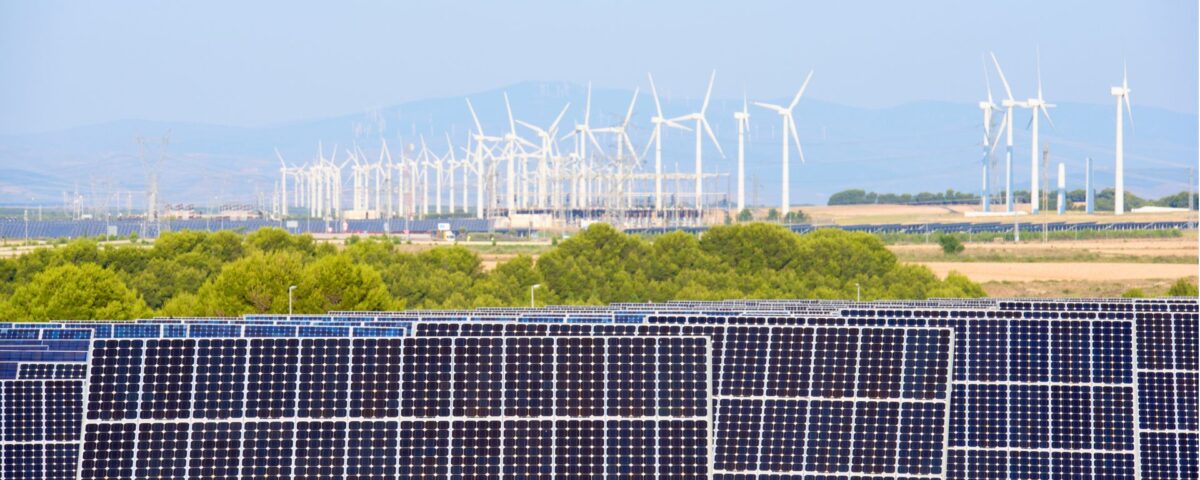Mayuri Singh, Manager – Communications and Culture, Mercados Energy Markets India
India stands at the cusp of a renewable energy revolution. With an ambitious goal of achieving 500 gigawatts (GW) of renewable energy capacity by 2030, the nation is poised to become a global leader in sustainable energy. However, this bold vision is fraught with challenges, as stated in this recent report by IEEFA and JMK Research. The report, titled Achieving India’s Renewable Energy Target by 2030, among other things, also focuses on the need for a stable and predictable regulatory environment.
While there are a couple of other challenges on the road to renewables, a predictable regulatory environment can make this road trip fantastic.
Challenges Posed by Regulatory Inconsistency
Frequent changes in policies such as open access charges, tariff barriers, Renewable Purchase Obligations (RPO), banking charges, and settlement periods create a challenging environment for investors. These inconsistencies lead to legal disputes and project delays, ultimately disrupting the economics and viability of renewable energy projects. For instance, the cross-subsidy surcharge (CSS) and additional surcharge (AS), which can constitute over 50% of total open access charges, are often revised without long-term considerations, deterring potential investments.
Further, a 2023 study by the Council on Energy, Environment and Water (CEEW) found that such inconsistencies led to a 20% decline in new renewable energy project announcements in 2022 compared to 2021. These delays and disruptions ultimately affect the economics and viability of renewable energy projects. For instance, the cross-subsidy surcharge (CSS) and additional surcharge (AS), which can constitute over 50% of total open access charges, are often revised without long-term considerations, deterring potential investments.
Necessity of Long-Term Regulatory Clarity
For the renewable energy sector to thrive, a predictable and stable regulatory framework is essential. A 2022 report by the International Renewable Energy Agency (IRENA) found that countries with clear and stable long-term renewable energy policies have attracted significantly higher levels of investment compared to those with frequent policy changes. This clarity ensures that investors have confidence in the legal and economic environment, reducing the risk of sudden policy shifts that can jeopardize project viability. This clarity is particularly crucial for the Solar PV supply chain, rooftop solar, open access projects, and energy storage solutions, which are identified as key areas needing consistent regulatory support.
Real world issues
In May 2018, the Karnataka Electricity Regulatory Commission (KERC) issued an order increasing wheeling and transmission charges for renewable energy projects on open access, applying these charges retrospectively to solar projects from 2017-18. This move, adding around 25% to costs, faced backlash from developers, potentially increasing costs threefold. Despite being overturned by the Hon’ble Karnataka High Court emphasizing policy certainty and contract sanctity, the decision of the KERC sent out a negative signal to the renewable energy industry in Karnataka.
In 2019, Andhra Pradesh decided to review and renegotiate all existing power purchase agreements (PPAs) with renewable energy producers, leading to prolonged litigation and delays in payments. The Andhra Pradesh Electricity Regulatory Commission (APERC) later directed utilities to honor existing PPAs, pending judicial resolution. In March 2022, the Andhra Pradesh High Court upheld the sanctity of PPAs and directed DISCOMs to clear pending payments.
Both these instances underscore the importance of policy certainty, contract sanctity, and a balanced approach for renewable energy growth.
Recommendations for Policy Stability
The IEEFA report rightly suggests several measures to enhance long-term regulatory clarity:
1. Five-Year Lock-In Period: Key national policies should have a five-year lock-in period before any extensive modifications are made. This stability will allow investors to plan and execute projects without the fear of abrupt policy changes.
2. Avoiding Arbitrary Policy Changes: Arbitrary changes to policies, such as those affecting open access charges and tariff barriers, should be minimized. Consistent policies will provide a more predictable investment landscape.
3. Inclusion of Leading Global Manufacturers: To address supply chain issues, the Approved List of Models and Manufacturers (ALMM) should include leading global manufacturers until at least March 2026. This inclusion will help meet the high demand for solar installations and ensure a steady supply of high-efficiency modules.
4. Enhanced R&D Investment: Encouraging PV manufacturers to invest in research and development by offering tax rebates can make Indian companies more competitive globally. A robust R&D environment will foster innovation and drive down costs over time.
Impact on India’s Renewable Energy Goals
Stable and clear regulatory policies will create an environment conducive to investment and growth in the renewable energy sector. This stability will not only attract domestic and international investors but also ensure that projects are completed on time and within budget, helping India achieve its renewable energy targets more efficiently.

